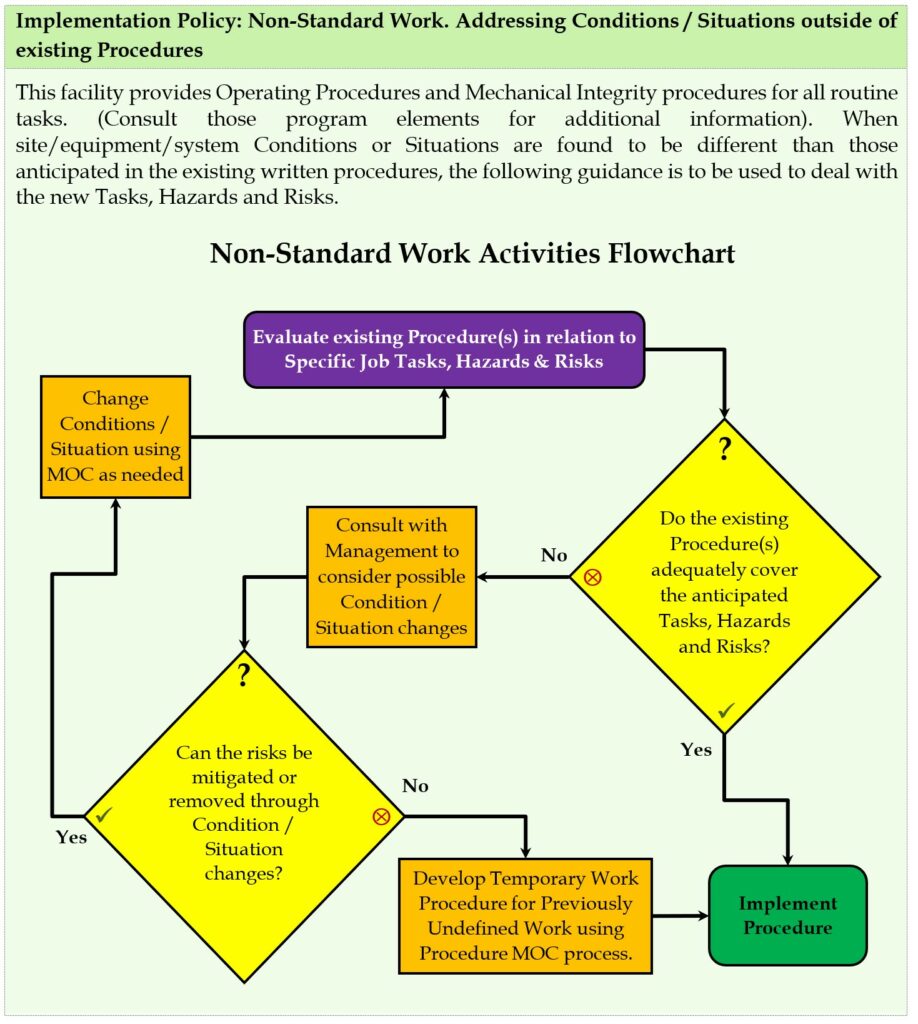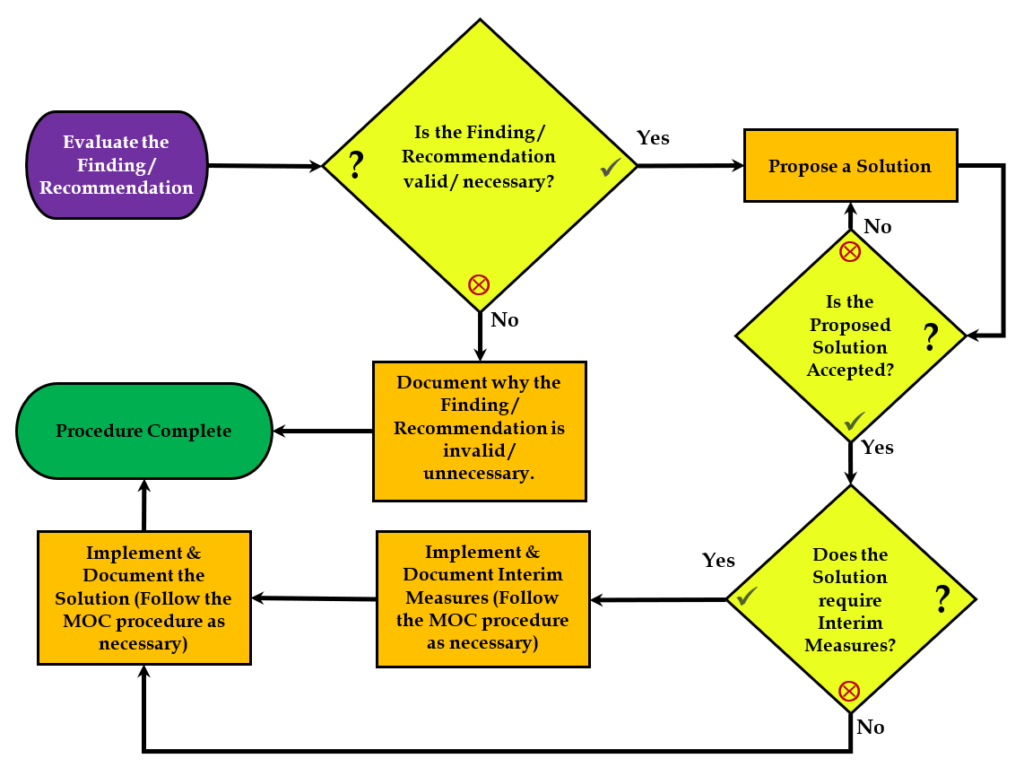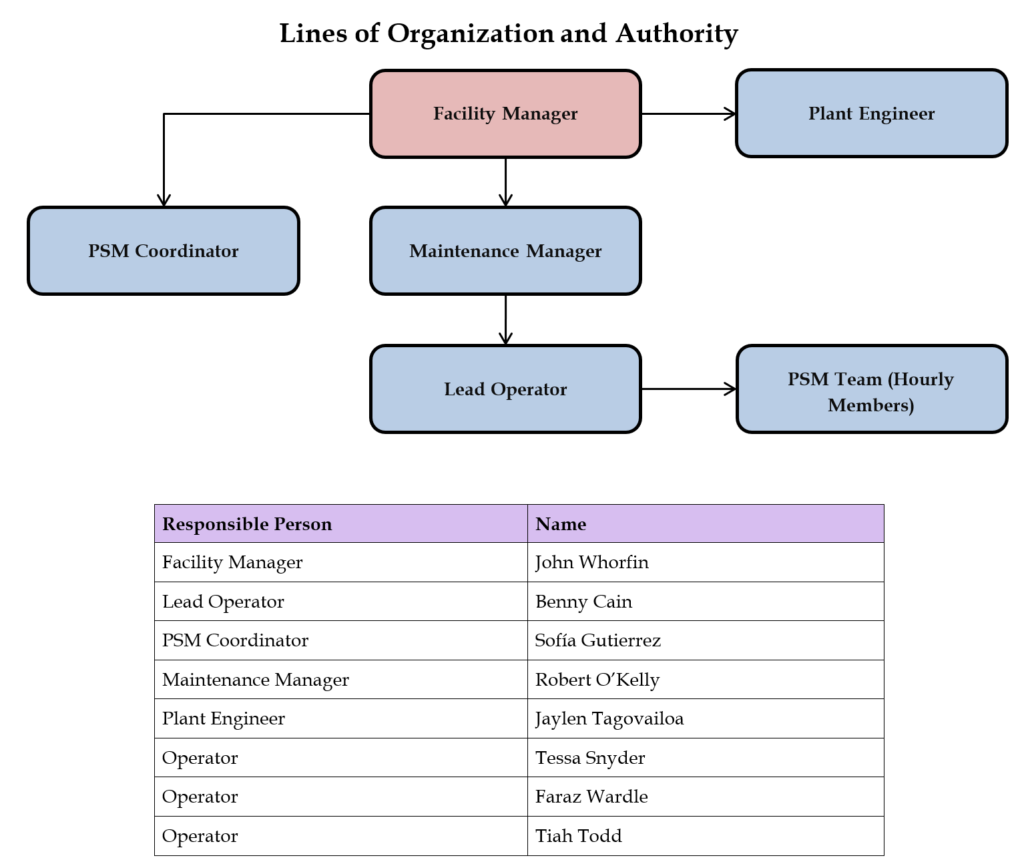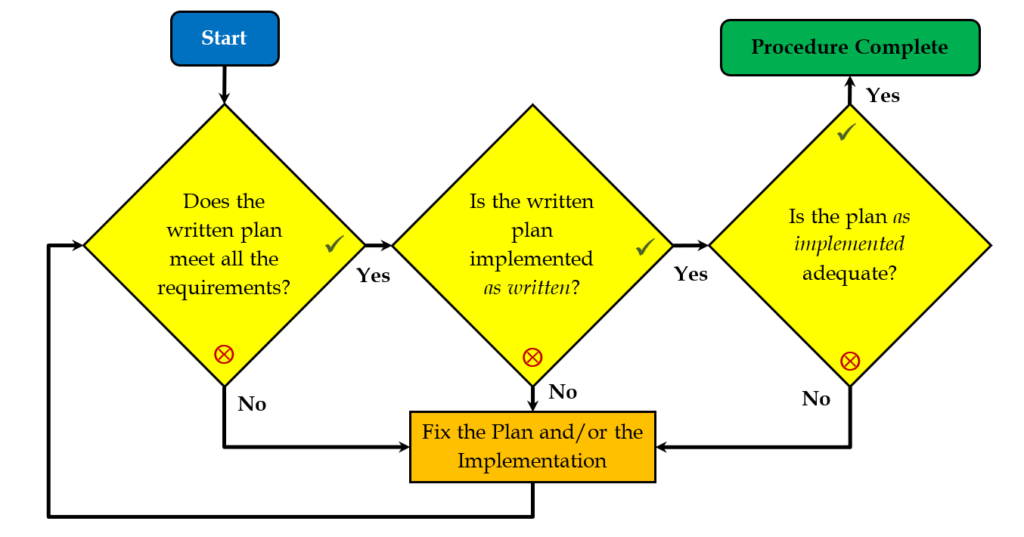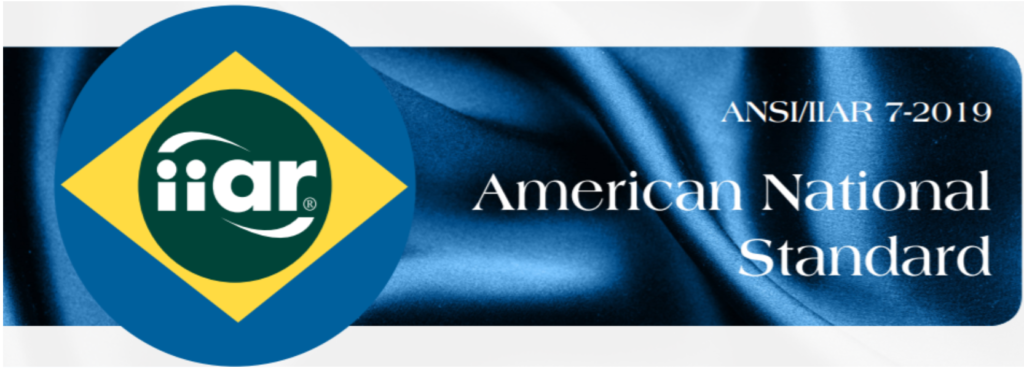Most LEO (Line & Equipment Opening) policy a.k.a. “Line Break” policies require a second person away from the work but in the immediate area. It is reasonable to ask why the procedure demands this.
Put as simply as possible:
- PSM/RMP and IIAR 7 require procedures for Line & Equipment Openings. (or IIAR 7 alone if you have under 10k pounds)
- The PHA asks questions that identify hazards which result in administrative controls aka procedures. Those procedures will have to control the unique hazards identified in the PHA.
- RAGAGEP for procedures (such as IIAR 7) require the buddy system be addressed in Line & Equipment Opening procedures.
- HazMat & Firefighting history show it is useful.
- Human Nature tells us that people tend to hold each other accountable.
Let’s work through this step-by-step
1. PSM/RMP requires us to have a procedure:
1910.119(f)(4) The employer shall develop and implement safe work practices to provide for the control of hazards during operations such as lockout/tagout; confined space entry; opening process equipment or piping; and control over entrance into a facility by maintenance, contractor, laboratory, or other support personnel. These safe work practices shall apply to employees and contractor employees.
Put another way: We have to develop a written procedure on Line & Equipment Openings which everyone must follow.
2. Hazards identified during a PHA are often controlled with Administrative controls, such as SOPs. SOP content therefore must address the hazards identified in the PHA. Some examples:
…the Ammonia exposure increases while the operator is using an APR/SCBA? (II.8) This is what makes us mandate the use of a personal NH3 detector during line openings and leak investigations.
…there is inadequate isolation prior to maintenance? (HF.3) …the Ammonia pump-out for a length of piping or for a piece of equipment is incomplete? (PO.1) This is why SOPs include a pressure check to confirm pumpdown. This is also why the LEO procedure (and permit) require a written SOP & permit to check the effectiveness of the procedure.
…an injured worker is unable to summon assistance? (HF.56) This (among other reasons) is why we require a Buddy System. The LEO policy, in the General Precautions section, states “A buddy-system is used for all LEO procedures. The second person must be trained to initiate emergency action and must be stationed close enough to observe the activity but far enough away to ensure that they would not be endangered by an accidental release.”
3. The RAGAGEP for procedures IIAR 7-2019 has this requirement:
4.4.2 Buddy System. Operating procedures shall indicate when the buddy system shall be practiced in performing work on the ammonia refrigeration system
A4.4.2-The buddy system should be practiced for operations where there is the potential that ammonia could be released, for example, operations which involve opening ammonia refrigeration equipment or piping. The buddy system should also be practiced during emergency operations involving ammonia releases.
4. HazMat & Firefighting history: Hazardous Materials teams and Firefighters have long used a 2-person team for increased safety. To some degree, this is enshrined in OSHA rules in 1910.134(g)(3)…
1910.134(g)(3) Procedures for IDLH atmospheres. For all IDLH atmospheres, the employer shall ensure that:
1910.134(g)(3)(i) One employee or, when needed, more than one employee is located outside the IDLH atmosphere;
1910.134(g)(3)(ii) Visual, voice, or signal line communication is maintained between the employee(s) in the IDLH atmosphere and the employee(s) located outside the IDLH atmosphere;
While we don’t INTEND to work inside a IDLH atmosphere during a LEO procedure, the possibility certainly exists if something goes wrong. The “buddy system” allows the person performing the LEO to focus on the work while the second person remains in the area situationally aware and ready to respond in the event that the situation changes or something goes wrong.
5. Human Nature: The LEO policy is written around accountability. The policy requires that we demonstrate to a second person that we’ve followed the policy and adequately prepared for the work before the LEO occurs. The “buddy system” tends to keep the actions “in-line” during the actual work.
Note: While it’s certainly possible – from a regulatory view – that you could have certain specific LEO procedures that did not require a “buddy,” you would have to be able to document how you managed to address all of the issues outlined above without the second person.
Thanks to Bryan Haywood of SaftEng.net and Gary Smith of ASTI (Ammonia Safety Training Institute) for their time and thoughts in helping review this post.

